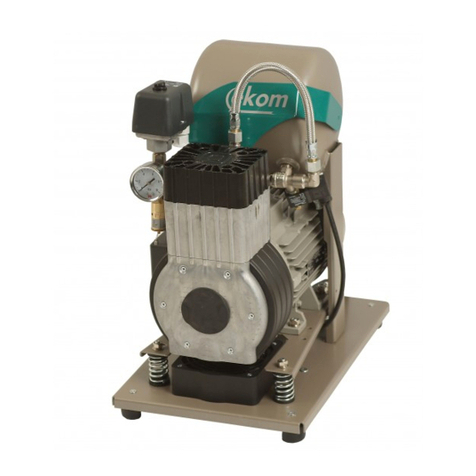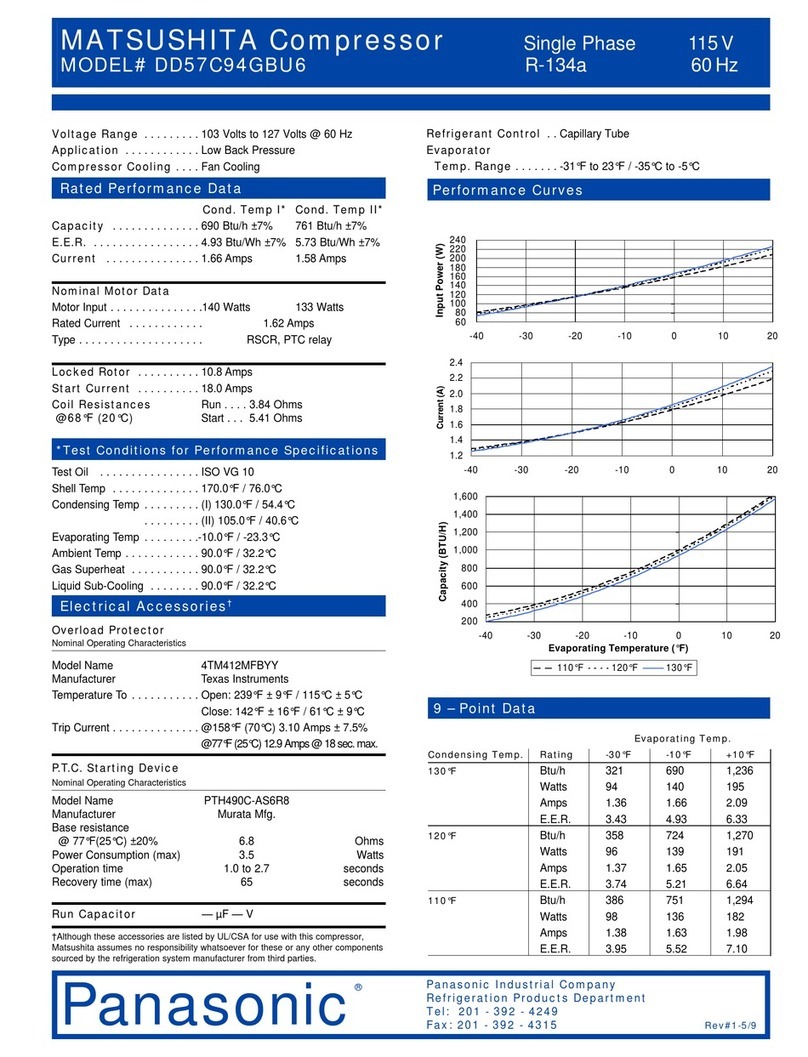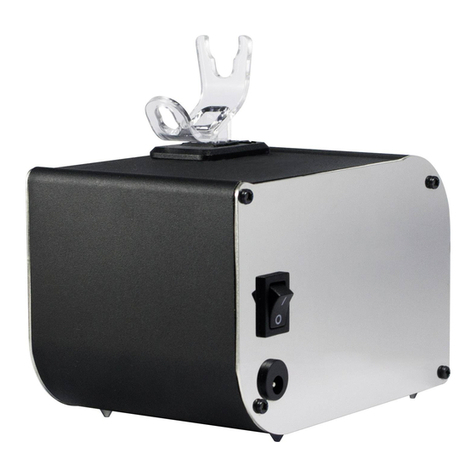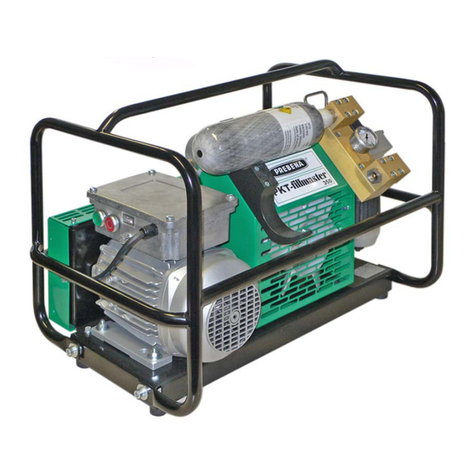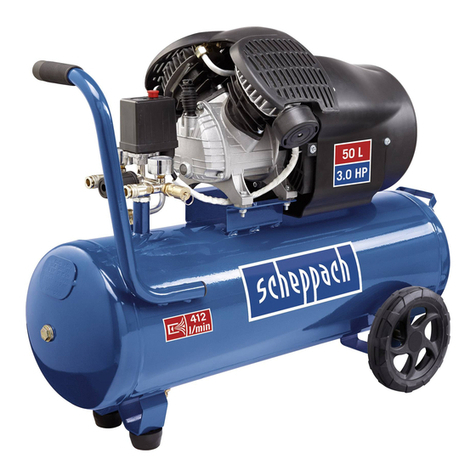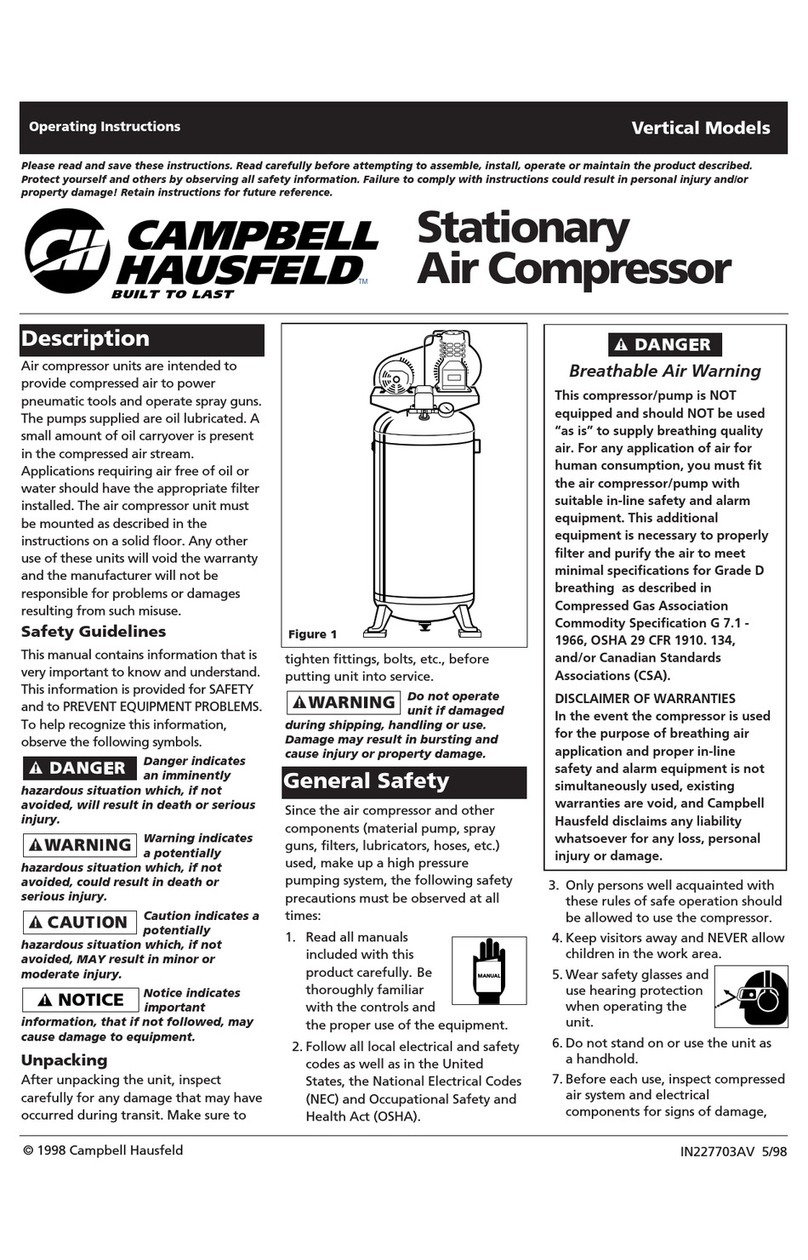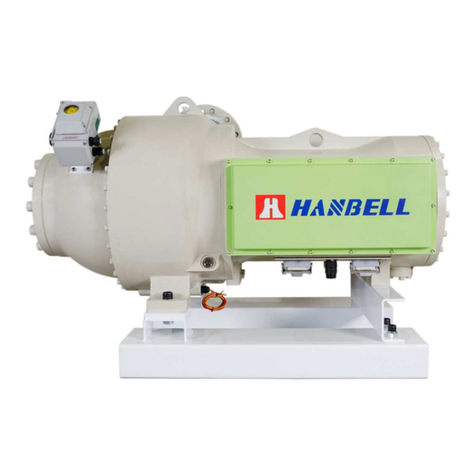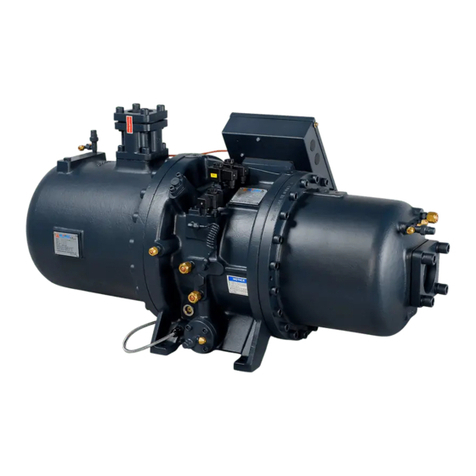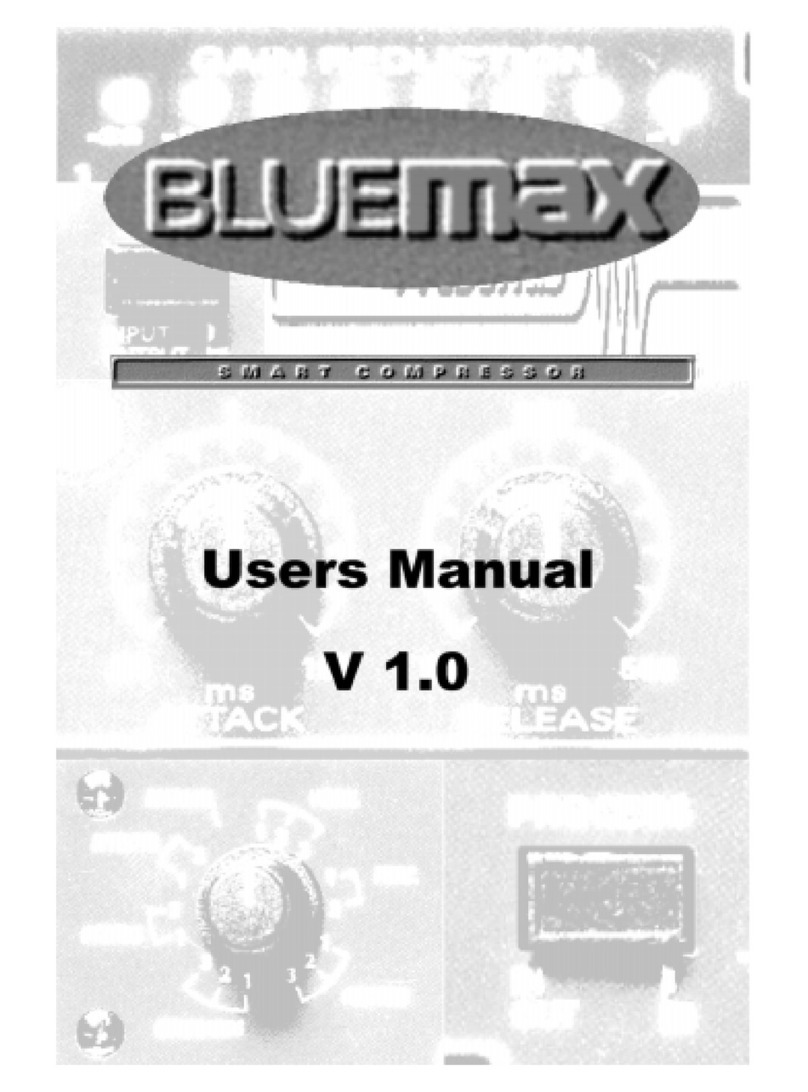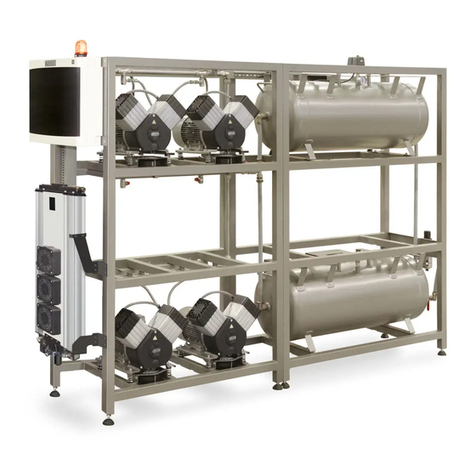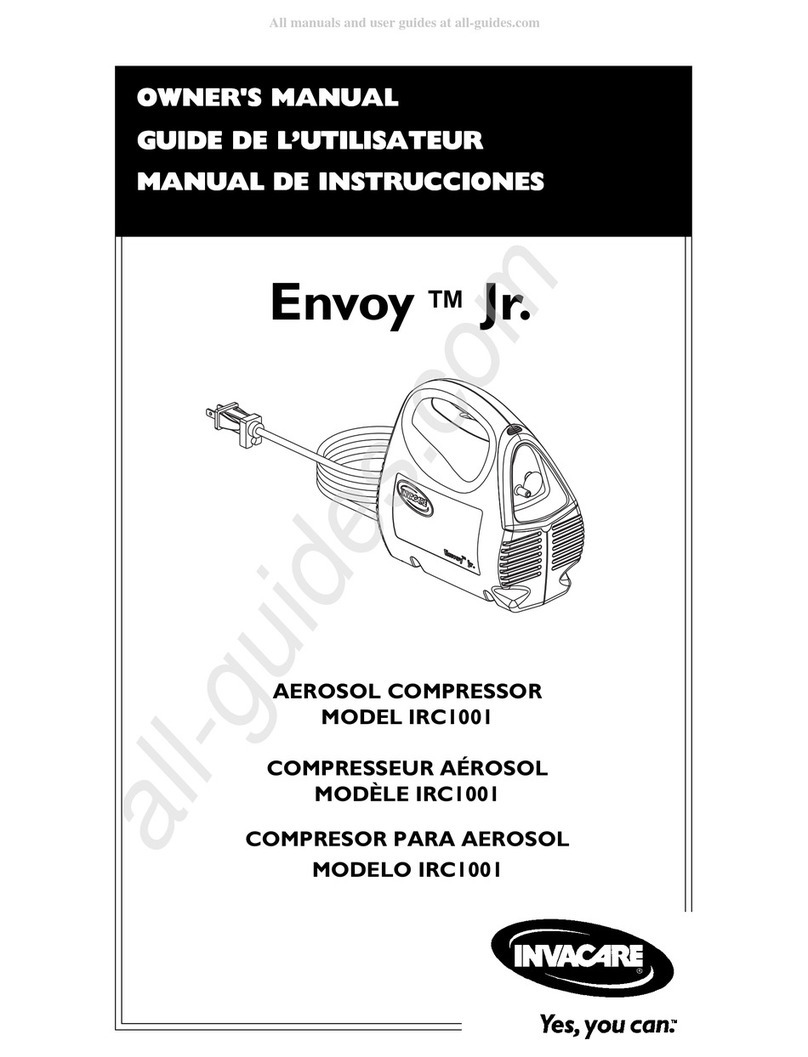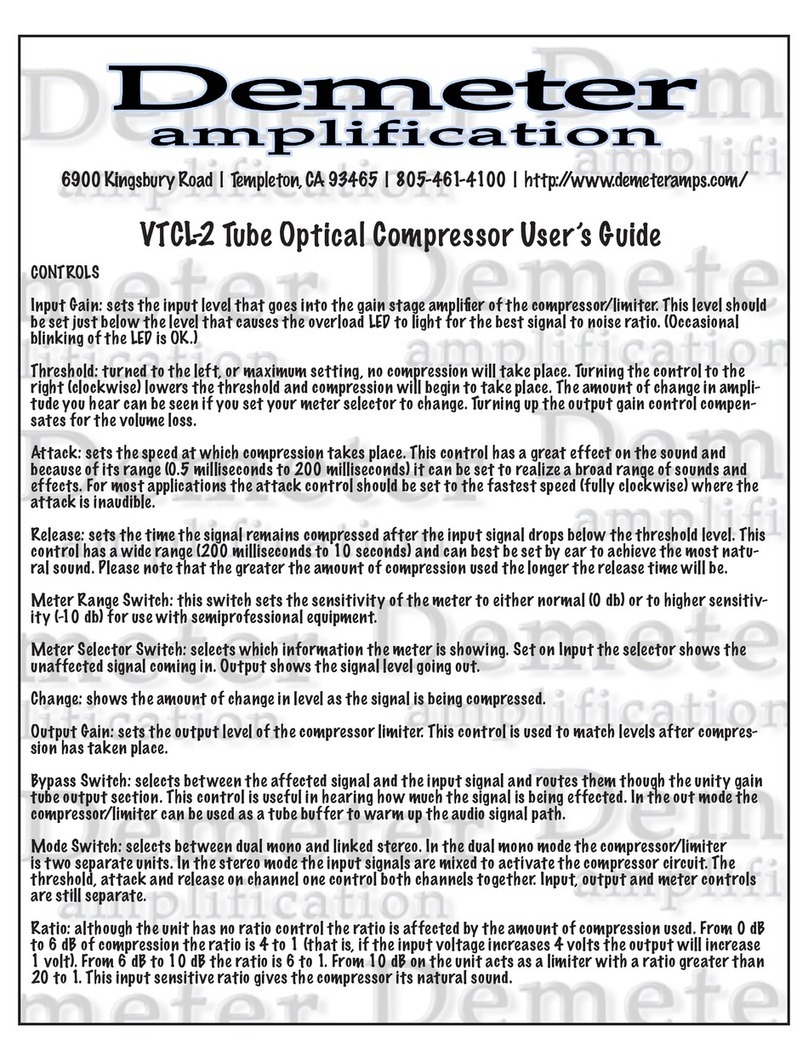
COMPRESSOR INSTALLATION & START-UP GUIDE
The MCS Commitment: Our commitment is to provide practical solutions for the industry’s needs and to be both a
leader and a partner in the effective use of microprocessor controls.
Micro Control Systems, Inc.
5580 Enterprise Parkway Fort
Myers, Florida 33905 Phone:
(239) 694-0089
Fax: (239) 694-0031
www.MCScontrols.com
(Website contains product descriptions, manuals, software releases and troubleshooting aids among others)
All information contained within this document is considered to be proprietary information of Micro Control Systems, Inc. No
information or data from this document shall be published, used, reproduced, transmitted, or disclosed to others outside your
organization without the prior expressed written consent of Micro Control Systems, Inc. This document and the information
contained herein shall be treated as proprietary. Reasonable provisions shall be provided to ensure that this information
remains proprietary by your employees, agents and other personnel that may have access to this document.
Revision:
12/03/12 M. Schreiber / X. Beltran
Updated Hanbell Liquid Injection Piping
ATTENTION: Step Control Loading Plate Design In RC2Series
Added Revision Chart
Updated / Added Solenoid Installation & AlignmentPictures
12/06/12 M. Schreiber Update Manual to REV I
Added Hanbell Compressor Picture
05/24/13
Updated Hanbell Liquid Injection Piping
Added Hanbell Flooded Type Compressor with Oil Separator
06/13/13 M. Schreiber Update Manual to REV K
Updated Hanbell Liquid Injection Piping
6/18/13 K. Mitchell
Updated wiring of electrical power terminals
Added rotation of compressor
Inserted Tableof Contents
11/04/14 X. Beltran
Updated Installation Procedures (Liquid InjectionSolenoid)
Updated INT69HBY diagnose wiringdiagram
Updated Hanbell Flooded Typediagrams
Updated images Hanbell VFD &Solenoids
7/30/15 DEW Update Manual to Rev N
Update page 11
8/27/15
Update section 13
11-16-16
Replace dwg pg 6, 7,9, 212. 22
04-18-17
Add Warranty Maintenance Info in back
11-27-17
Edits to pages 11,12,13 picked up from App097
12-28-17
DEW add POE OIL Warning
09-05-17
DEW Add Note on Economizer, Drawing

